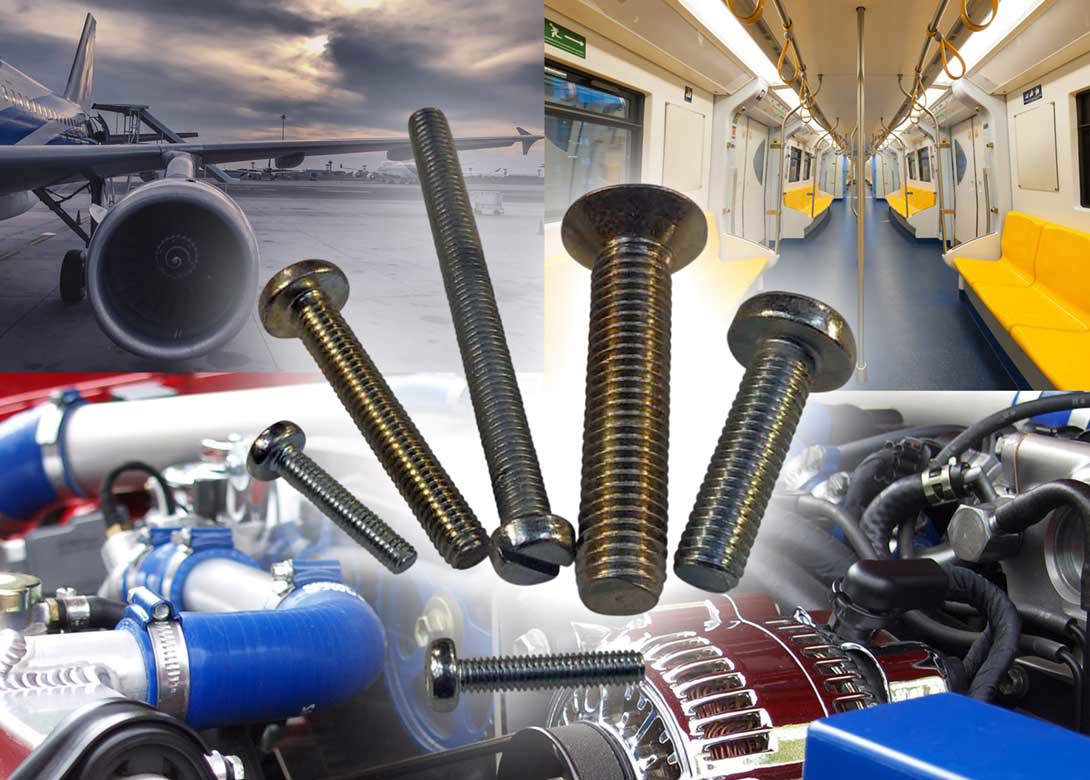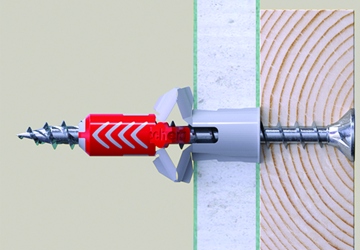

It can never completely be known how a fastener will function in-situ until its been tried, which is why accelerated aging trials and extended excess load tests are performed. Guidelines from hard won experience can normally be accessed, but sometimes an unusual situation needs to be evaluated or a new product is needed to be a suitable replacement. It is easy and tempting to over specify, but here, Challenge Europe explains the issues, and how they can help.
Fasteners can almost be regarded as active components, given the changing loads and environments they are often called upon to compensate for. Holding together two separate components requires a balancing of forces; a complex matter often addressed by application of a ‘safety margin’ judged to be sufficient to deal with the unknowns involved.
However, some industries deal with more critical situations, so the concept of designing for a product lifetime has evolved. Aerospace, automotive and rail industries all follow this design for a specific lifetime philosophy. This approach is rarely used elsewhere, and this can lead to over specification in products which do not need it.
Over specification is often a comfort issue, a sort of safety margin that makes the custom spec prohibitively expensive, if not actually impractical. Over specification is a significant potential problem in the fastener industry.
This generally occurs in applications where there are issues of weight and space, but where cost is secondary. However, by giving a minimum lifetime expectancy there can be a tendency to ‘play it safe’ and add a safety margin on top of a safety margin; calling for an exotic and expensive alloy where a lower cost high-grade treated steel would be more appropriate. Over specifying one fastener may not be a problem, but over specifying thousands can make a big difference overall.





